Reign c. 340 – c. 317 BC Successor Malayaketu Died 317 BC, Punjab | Name Porus Porus Role King House Paurava / Puru tribe | |
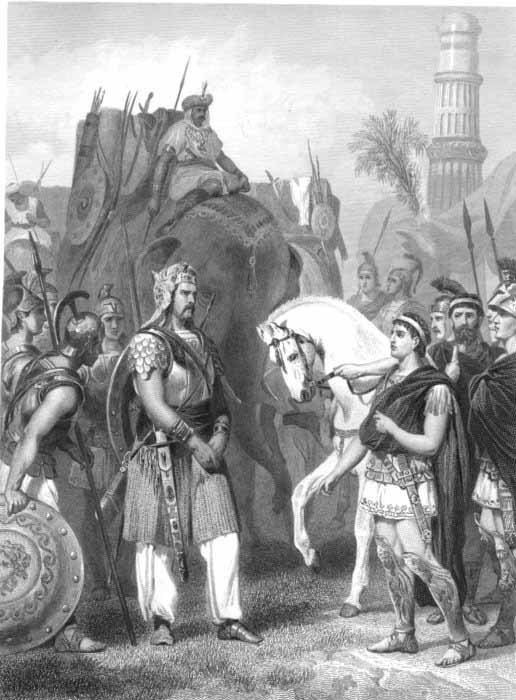 | ||
Religion Historical Vedic religion Similar People Alexander the Great, Chandragupta Maurya, Seleucus I Nicator, Dhana Nanda, Darius III | ||
Sikandar in the court of king porus powerful dialogue
Porus or Poros (from the Greek Πῶρος, Pôros) was a king of the Pauravas, whose territory in Punjab region of the Indian subcontinent, spanned the region between the Hydaspes (Jhelum) and Acesines (Chenab) rivers in what is now the Punjab. Porus fought against Alexander the Great in the Battle of the Hydaspes, thought to be fought at the site of modern-day Mong, Punjab. Alexander was however greatly impressed by his adversary and not only reinstated him as a satrap of his own kingdom but also granted him dominion over lands to the south-east extending until the Hyphasis (Beas).
Contents
- Sikandar in the court of king porus powerful dialogue
- Ultimate battles unite india king porus vs alexander that was alex last
- Biography
- Background
- Battle of the Hydaspes
- In popular culture
- References
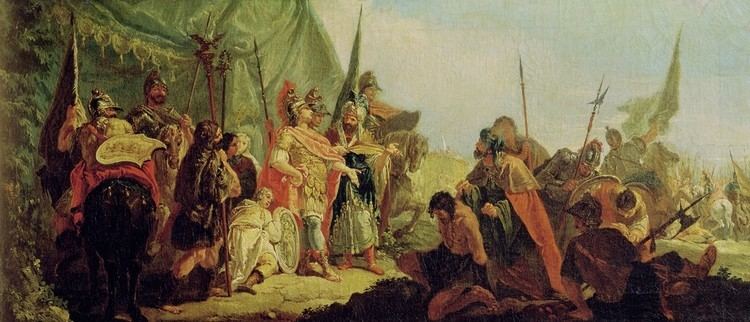
After Alexander's death in 323 BC, Porus was assassinated by one of Alexander's generals named Eudemus sometime between 321 and 315 BC.
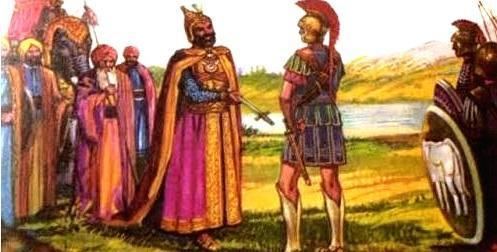
Ultimate battles unite india king porus vs alexander that was alex last
Biography
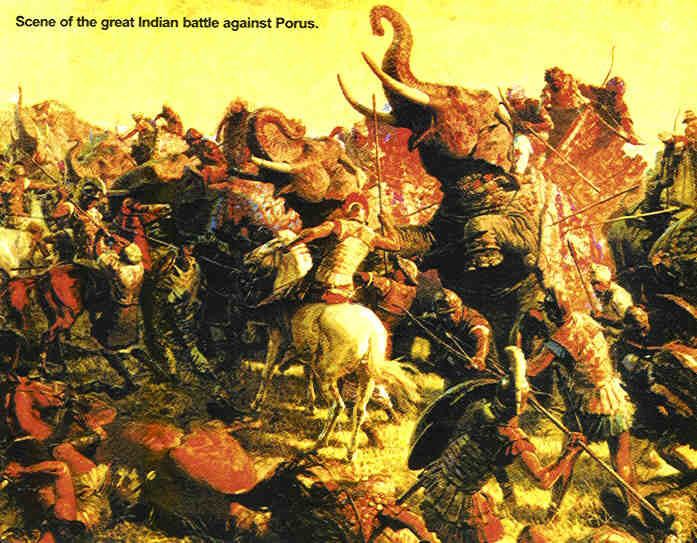
Porus or Poros (from the Greek Πῶρος, Pôros), was a king of the Pauravas whose territory spanned the region between the Hydaspes (Jhelum) and Acesines (Chenab) rivers in what is now Punjab. Porus fought with Alexander the Great in the Battle of the Hydaspes. Alexander was however greatly impressed by his adversary and not only reinstated him as a satrap of his own kingdom but also granted him dominion over lands to the south-east extending until the Hyphasis (Beas). After Alexander's death in 323 BC, Porus was assassinated by one of Alexander's generals named Eudemus sometime between 321 and 315 BC.
Background
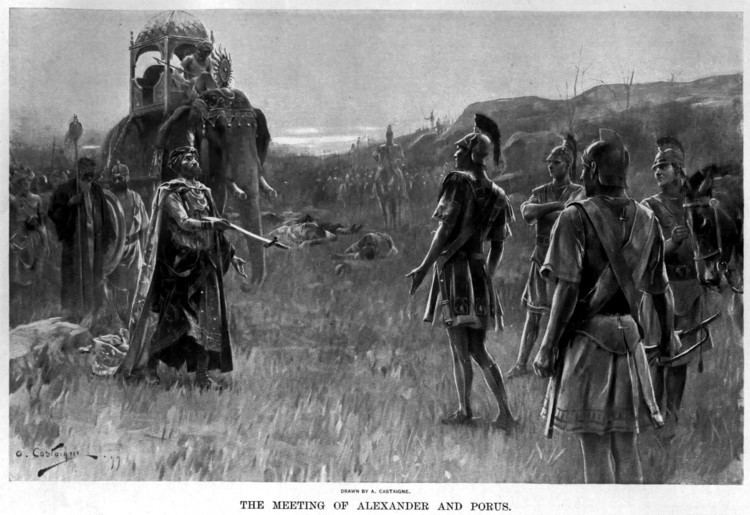
The only information available on Porus is from Greek sources. Historians however have reasoned that based on his name and the location of his domain, Porus was likely to have been a descendant of the Puru tribe mentioned in the Rig Veda.
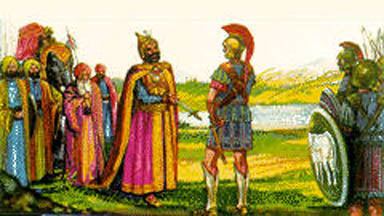
The historian, Ishwari Prasad, noted that Porus might have been a Yaduvanshi Shoorsaini. He argued that Porus' vanguard soldiers carried a banner of Herakles whom Megasthenes—who travelled to India after Porus had been supplanted by Chandragupta—explicitly identified with the Shoorsainis of Mathura. This Herakles of Megasthenes and Arrian has been identified by some scholars as Krishna and by others as his elder brother Baladeva, who were both the ancestors and patron deities of Shoorsainis. Iswhari Prashad and others, following his lead, found further support of this conclusion in the fact that a section of Shoorsainis were supposed to have migrated westwards to Punjab and modern Afghanistan from Mathura and Dvārakā, after Krishna's demise and had established new kingdoms there.
Battle of the Hydaspes
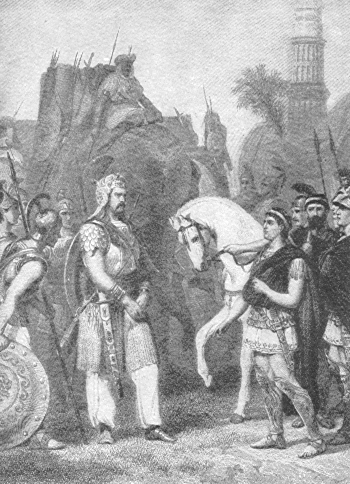
The Battle of the Hydaspes was fought in 326 BC by Alexander the Great against King Porus of the Paurava kingdom on the banks of the river Hydaspes. The battle resulted in a Macedonian victory. Alexander was however greatly impressed by his adversary and not only reinstated him as a satrap of his own kingdom but also granted him dominion over lands to the south-east extending until the Hyphasis (Beas). After Alexander's death in 323 BC, Porus was assassinated by one of Alexander's generals, Eudemus, sometime between 321 and 315 BC.
